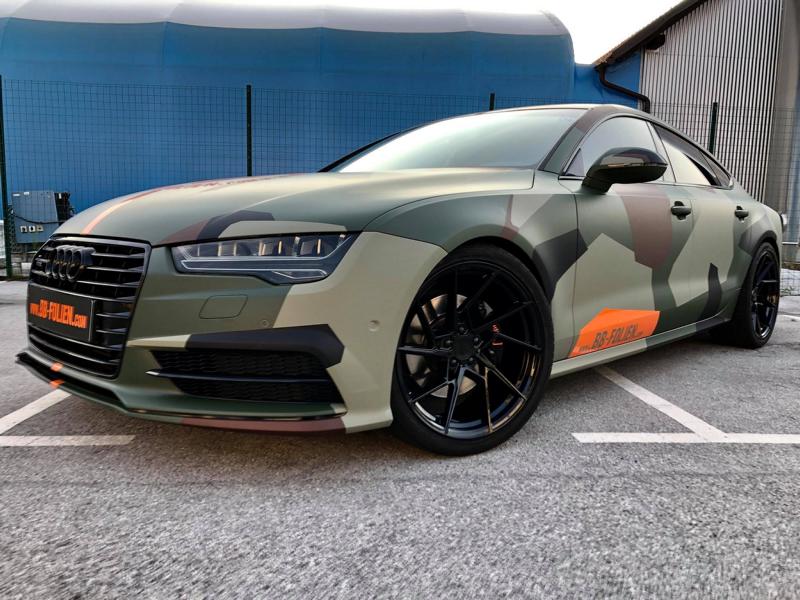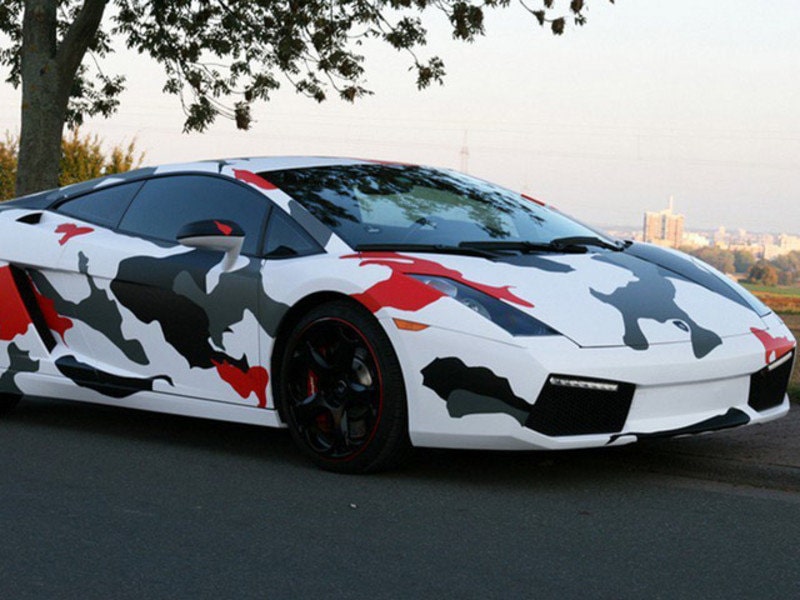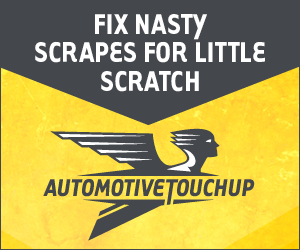
Every prototype car that has just left the design studio and is going on the road or on the test track for the first time needs the right camouflage and masking. What for? Because a new or lifted model should be revealed only on the day of its premiere. Otherwise, the market competition could react immediately to the new model by introducing their own innovations. For a manufacturer, this would simply mean financial losses.
How do car manufacturers try to hide their works from “car spies”?
In the past (relatively recent), few and relatively simple techniques of masking car prototypes were used. Initially, they were actually limited to covering the general contours of the body and taping the lights with yellow and red bands. In the 1980s, the masking tape also appeared on the front and rear belts of vehicles.
With time, it started to cover the side windows as well, but still it concerned only those cars in which they had a characteristic, original shape. And that’s it – there was no need to create larger teams of camouflage experts or invent new ways of masking.
It wasn’t until the times when almost everyone has a smartphone with access to the Internet and can easily share photos that a radical change in approach to protecting prototype cars was forced. However, vehicle masking specialists are well suited to new challenges – their solutions allow them to hide virtually every characteristic element of the car’s styling.
The main weapon in the fight against car paparazzi still remains the camouflage foil. For almost 20 years now, many car manufacturers have been taping completely new models, and usually partially – models after a lift.
Of course, the types of films used have changed over the years. Has already used four different generations of masking film. As you can easily guess, every subsequent one was better than its predecessor.
“Fishies”
The first generation of film, called “Fishies” (due to its fish-like pattern) was first used as a camouflage for Corsie C in 1999. A team of at least three people was usually involved in the operation of putting it on the car. The camouflage was ready only after 4-5 days.
With time, a sponge and plastic elements were additionally placed under the foil – so as to mask the actual shape of the body.
“Flimmies”
The next generation of camouflage – flimmies – allowed to reduce the time of wrapping one car to 2 days, but made it difficult to remove the film. Each fragment of the camouflage had to be put on and taken off separately.
“Wirries”
Only the third generation of masking film – Wirries – was based on screen printing technology. Since the film could be applied in its entirety, the car wrapping time here was reduced to 1 day. Naturally, this also made it easier to remove the camouflage.
“Cube”
The fourth, currently used generation of films is the so-called Cube, which is one of the most advanced types of external camouflage at the moment. Due to the fact that it uses a 3D effect, the contours of the cars seem blurred and mislead the onlookers. It is almost impossible to see the details of the body structure in this case.

Ford “Brick”
Ford also boasts a three-dimensional camouflage. The essence of his “Brick” foil are thousands of randomly arranged cylinders in white, grey and black, which form a cross-over, illusory pattern. This makes it very difficult to capture the exact shapes of the body, regardless of whether the car is viewed “live” or in a photo. The brain simply cannot recognize the individual elements of the vehicle under observation.
Shields – tarpaulins
Some manufacturers additionally cover their prototypes with covers that can be attached to the body with fastening belts or Velcro straps. This applies mainly to situations where it is expected that the car will be left in a public place for a longer period of time (e.g. the test driver will stop for a snack).
Sometimes such a tarpaulin – as the only external camouflage – is also used for short distances, when there is no risk that some ingenious photographer will lift it up and take a picture, or when the prototype is only being transported to the team responsible for proper camouflage.
The lights may betray the car model
Road traffic regulations require that every car – even a prototype – be equipped with a complete system of car lights. This is quite a challenge for camouflage specialists, who have to mask the rear and front lamps in such a way that they can do their job without obstructing their characteristic shapes.
To make it more difficult to recognize a car’s brand, prototypes are fitted with the simplest round tail lights and special additional parts for the headlights. The latter usually take the form of a kind of cover with several holes to illuminate the road.
Interior camouflage
Of course, a suitable camouflage is also needed inside the vehicle. In the past, fastened sheets of artificial leather were used for this purpose. Today, the main focus is on lightweight sponge-foam materials, which can be easily adapted to any element that needs to be covered. Importantly, the covered switches and levers are invisible at a standstill on the one hand and easily accessible to the driver on the other.
The dashboard is often fitted with a plastic cover that hides the actual shape. In addition, a special film is sometimes applied to the indicators and screen of the multimedia system, which makes them practically invisible to the public looking through the side windows.
Some manufacturers resign from carefully masking the interior itself and simply decide to prevent it from being viewed from the outside. They use a special laminate that covers the rear and side windows of the car. It covers everything inside the car and is transparent and does not restrict the driver’s visibility.
An ingenious mistake more effective than camouflage
It may happen anyway that the masking foil will not be able to provide effective external camouflage. This was the case, for example, with the prototype of an athletic version of a city car. Since it was impossible to hide its characteristic wheels and spoiler, it was decided to disguise it as a driving school car. The appropriate marking and several specific stickers effectively led the paparazzi into the field.




